Table of Contents
For non-audio opinions, refer to my unboxing post
Introduction
In case you’re out of the loop, here are all the Moondrop products I’ve reviewed over the years:
As you can tell from the positive review after positive review of their products, I hold a lot of appreciation for Moondrop IEMs. Their entire lineup, both past and present, have been massive hits in their own rights, garnering both critical acclaim and widespread popularity. As a result, their products are released with much fanfare and hype, with everyone chomping at the bit to get their hands on one, even if it meant a purchase completely in the dark.
And who could blame them? Moondrop as a company are insanely consistent, with none of their products being generally considered as anything less than “good” (if you exclude their earbud lineup, at least). They are one of the very rare few brands who has combined the efficient production processes typical of Chinese manufacturing with expert tuning, resulting in high price-to-performance ratios in every price bracket they’ve entered in.
So imagine my surprise when the Solis, Moondrop’s newest $1,100 flagship, released with barely the faintest blip on the radar. It has been more than 3 months since it was officially available for purchase, yet a simple Google search for “Moondrop Solis” yields zero results for any sort of impressions, reviews or public mention.
At any case, the Solis is here now. With the Blessing’s BA/DD hybrid setup, the Spaceship/KXXS/Starfield’s single DD configuration and the A8/S8’s pure BA build, the Solis contains the next (almost obvious) technological addition to Moondrop’s lineup: those darned Sonion electret tweeters. And a price that’s almost double that of its previous flagship, the expectations are also at an all-time high.
Product page: https://shenzhenaudio.com/products/moondrop-solis-2est-4ba-hybrid-drivers-hifi-in-ear-earphone-with-detachable-cable
MSRP: $1,100
Driver configuration: 4BA + 2EST
This Solis is kindly provided by Shenzhenaudio.
Signature & Tonality
Not sure how to read measurements? Read the guide here
I would classify the Solis’ sound signature as “warm Diffuse Field neutral”. The Solis has a pinna gain that’s similar to Etymotic IEMs, but the lower frequencies are distinctly different with the Solis’ subtle but wide-band boost versus the Etymotic’s gentle roll-off (excluding the XR series).
Ergo, the Solis comes very close to the Etymotic target curve, though showing a lower midrange/mid-bass hump when compensated to said target:
Comparison courtesy of the Graph Comparison Tool
According to Moondrop, this signature is based on their proprietary “Virtual Diffuse Sound Field” (VSDF), a target that seems to appears to have two variations. One is based on the Harman target and used to tune models like the S8, while the other is based on Diffuse Field neutrality and used in IEMs like the Spaceship. Seems like the Solis follows the latter, albeit with a more conservative pinna gain and a similar mid-bass hump.
Overall in terms of tone, the Solis is solid with no outright offensive characteristics. If anything the Solis can sound a little too inoffensive and thus bland and unexciting, given the smaller lower-midrange to upper-midrange ratio. This results in less bite and energy, at least in comparison to Etymotic IEMs.
Unlike most implementations out there, the Solis seems to make use of the finnicky Sonion electret tweeters acceptably, or at least I believe it’s on par with the Vision Ears Elysium (the first time I found an implementation to be equal that of its BA counterparts). The Solis’ treble is a little more subdued compared to the Elysium but the overall tone and extension is about the same, with both comfortably hitting the air notes with no problems.
Tone Grade: A
This is a new system that will be explained in a future post.
Technicalities
In terms of resolution I’d say that the Solis is at least acceptable for a kilobuck IEM, that is to say that it’s excellent in the grand scheme of things.
However, I do take issue with the transient quality of the treble in particular, which has a somewhat blunted attack and so makes percussions sound dulled and lacking “snap”. I’m not sure if this is due to the implementation or if it’s an inherent quality of the Sonion ESTs, though I do not hear this in the Elysium or even the Annihilator/DIO.
That’s not to say that the Solis’ treble tone is wrong, but rather that its treble timbre can be a little off due to the semi-unnatural nature of its attack, especially for instruments like hi-hats that are typically played in rapid succession. The rest of the frequencies do have decent resolution so this could be a minor nitpick on my part.
Imaging is a little weak on the Solis, being somewhat below average in terms of positional accuracy and soundstage width. Instruments tend to blend together into an amorpous blob inside my head, so I wouldn’t really consider the Solis if live and/or orchestral tracks are part of your daily listening. Though again as per my usual reminder, imaging capabilities are typically weak in IEMs across the board so it’s not a metric that I weight particularly high.
Technical Grade: A
This is a new system that will be explained in a future post.
Value
I’d argue that the Solis is better than an ER4(SR/XR) in almost all metrics (and in the absence of tonal preferences), but the problem is that the Solis is more than triple the price of the Etymotics. Diminishing returns would be valid counterargument, sure, but personally I don’t think the improvements justify the price premium.
Then again, this is the Solis versus one of the most value-for-money reference monitors in the industry, so the comparison might not be the most fair.
In terms of immediate competition, there are also many IEMs that I think perform at about the same level as the Solis for cheaper, so that’s why I wouldn’t consider the Solis a standout at retail price. I won’t list them all out since you can simply refer to the ranking list.
And that’s not even mentioning Moondrop’s own models. They have set the bar high with the S8 and A8 and now it seems that the Solis struggles to clear that hurdle, almost as if Moondrop had plateaued and they couldn’t keep up with themselves. The S8 performs on a higher technical in almost all fronts (resolution and imaging in particular) and arguably on a higher tonal level as well, whilst being almost half the price.
I wouldn’t call the Solis “value for money”, but it’s not like it’s the most overpriced IEM you can get in the market. I still think it’s a solid “high end” IEM, but its pricing creates an expectation that it simply doesn’t live up to, especially with the extra burden of the Moondrop name.
Value Rating: N/A
More info on the Ranking List grading system
Conclusion
Moondrop’s brand image had been cultivated from a focus in performance on a budget, and they have been very consistent in that regard. However, the Solis is pretty far from what one may consider a “budget IEM” and so its value suffers, especially when its previous flagships could give it a run for its money.
I think Moondrop still has a lot of potential since the Solis seems to be the “obligatory EST IEM” in their lineup, unfortunately with the EST premium as well. Given time Moondrop may make a splash in the kilobuck market, but for now they’ll have to remain content with their sub-$1000 rockstars.
Grade: A
More info on the Ranking List grading system
Support me on Patreon to get access to tentative ranks, the exclusive “Clubhouse” Discord server and/or access to the Premium Graph Comparison Tool! My usual thanks to all my current supporters and shoutouts to my big money boys:
“McMadface”
“Desertscrub”
“Galactus”
Will
Kurt
Man Ho
Denis
Nicholas
Alexander
Andrew
Ted
chisquare
Rene
“Brbi2kCRO”


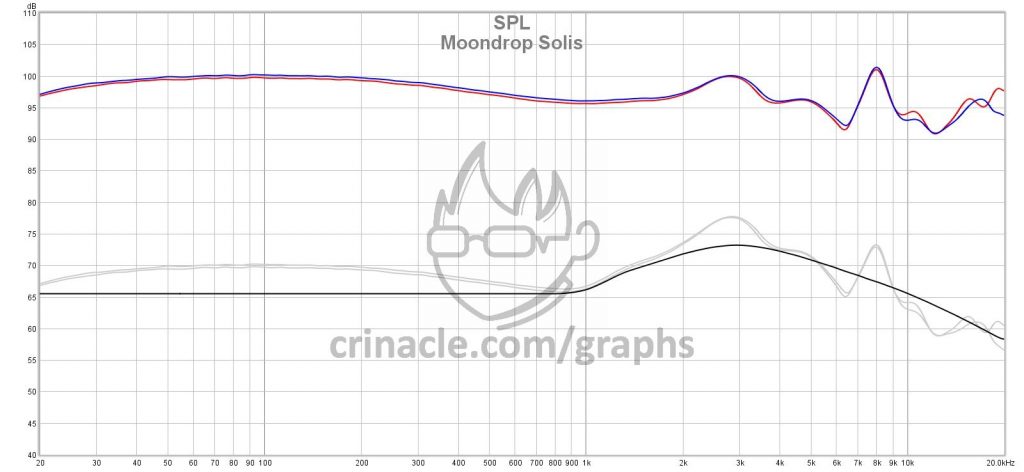



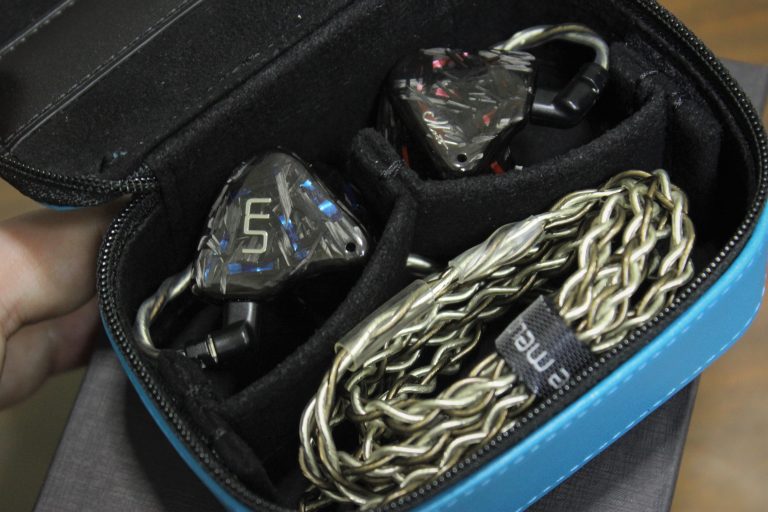
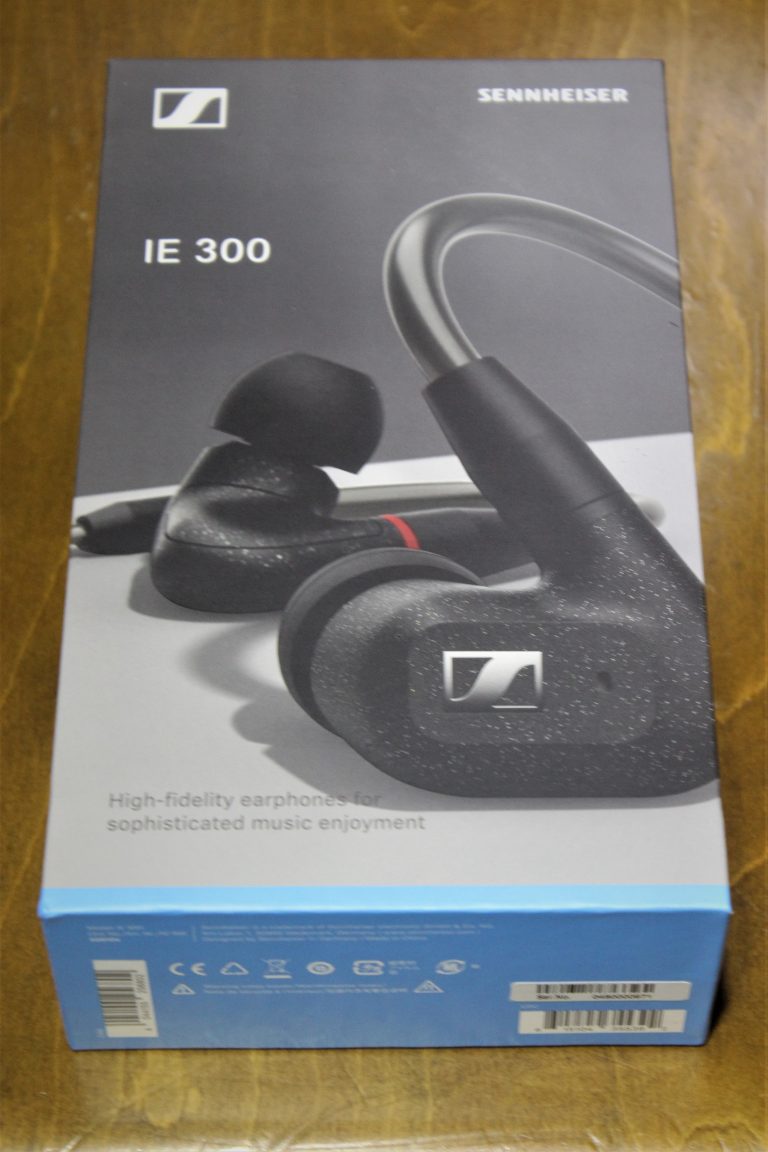

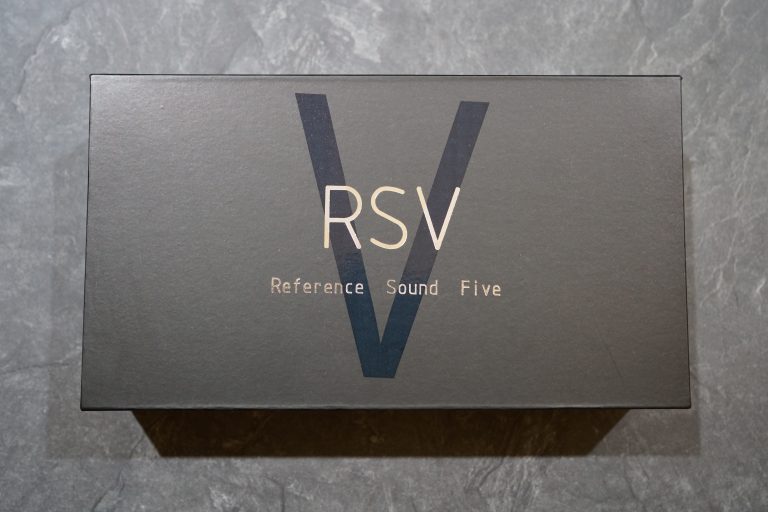


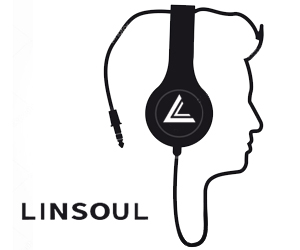
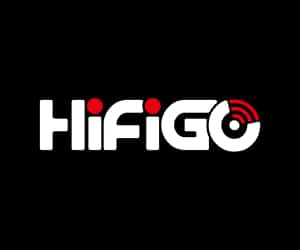

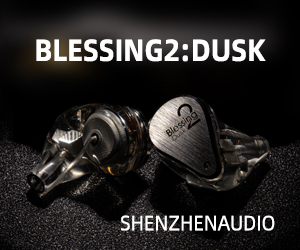
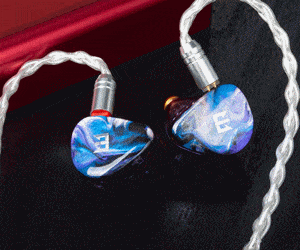

2 thoughts on “Moondrop Solis Review: Plateau”